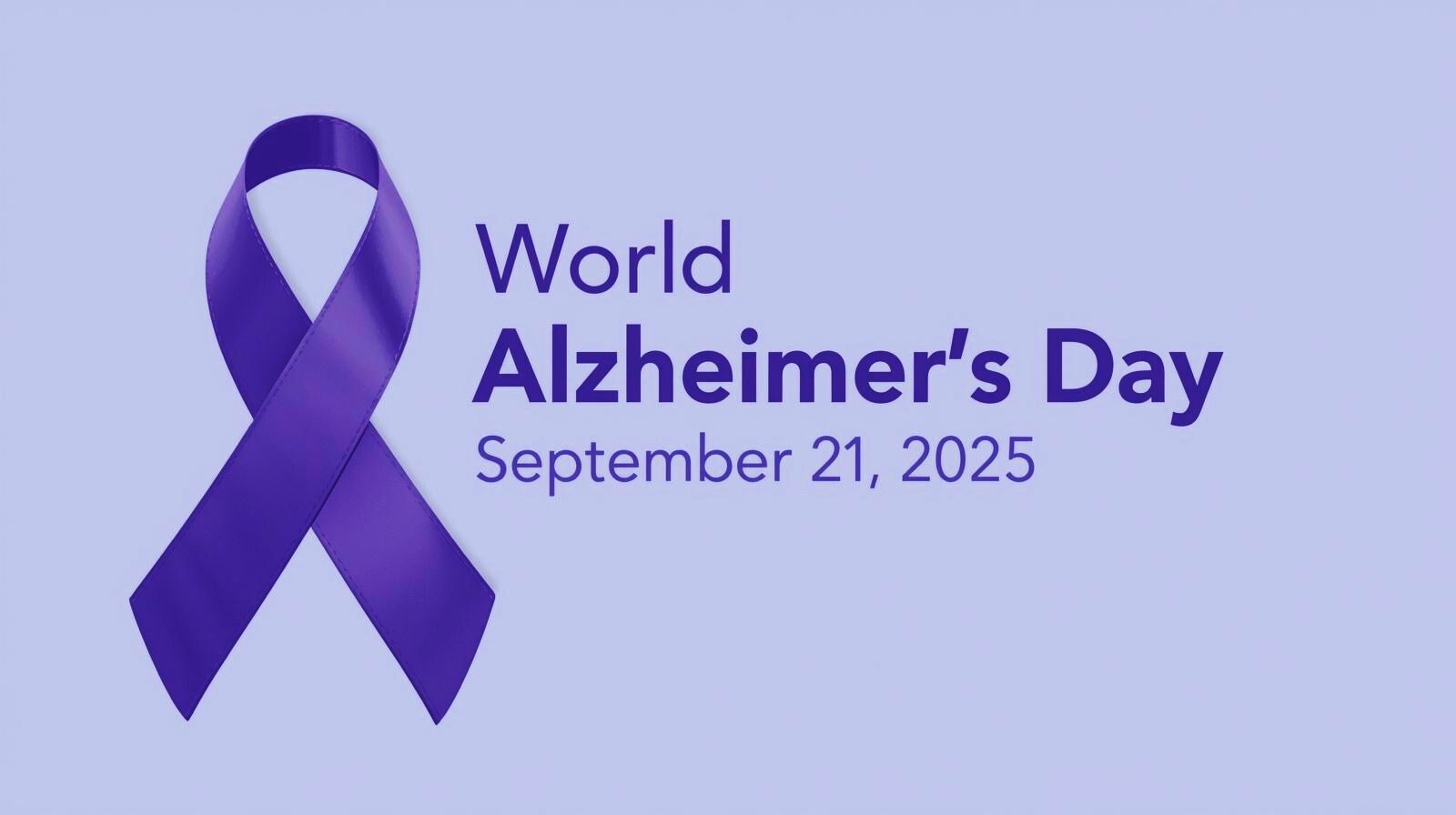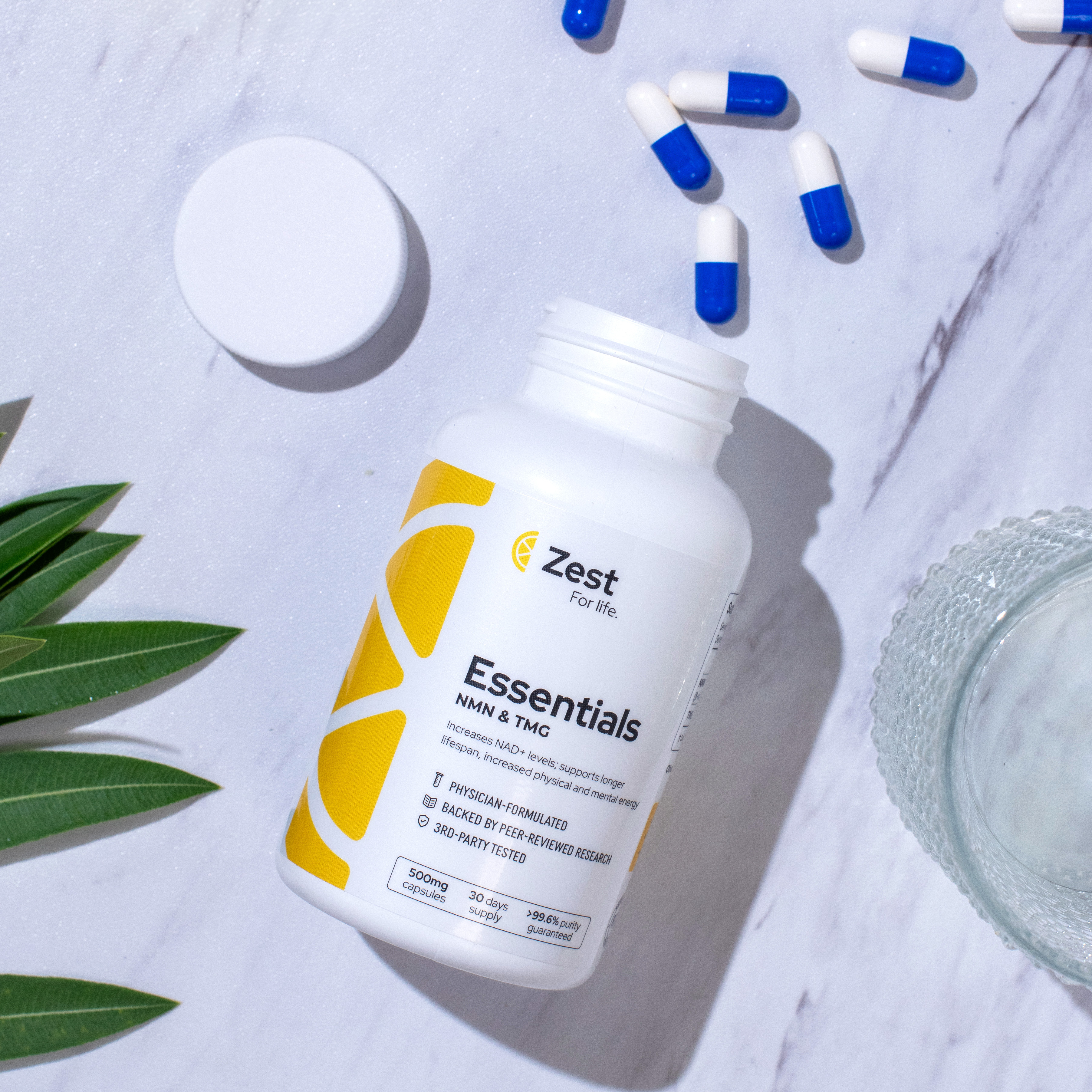Cold exposure

Cold exposure - how and why it can extend your healthy lifespan
Most of us try to spend the majority of our life at a warm, comfortable temperature, avoiding the unpleasant chill of the cold as much as we can. As it turns out though, a little bit of discomfort can be a very good thing when it comes to your longevity.
Regular cold exposure - whether through plunging into a freezing cold lake, settling down in a cryochamber, or simply turning down the temperature at the end of your morning shower - is now known to bring profound long-term health benefits that far outweigh the brief hardship involved.
In this post, we’ll look at the science that supports these findings and suggest how you can most effectively incorporate regular cold exposure into your routine.
The link between body temperature and longevity
The association between body temperature and longevity has been noted and explored for many years. Way back in 1916, it was shown that flies survived longer when kept in jars at successively lower temperatures [1]. A later experiment then demonstrated that rats trained to spend 4 hours a day partially submerged in cool water lived longer and were more resistant to cancer than those kept under normal conditions [2]. And most recently, various strains of genetically-altered mice that are known to have improved lifespans have also been found to have lower core body temperatures [3].
Similar observations have been made in humans too. Analysis of data from the Baltimore Longitudinal Study of Aging showed that men with lower core body temperatures had increased longevity (see graph below) [4] and a separate study of 18,630 people also suggested an association between lower body temperatures and longer lifespans [5]. Calorie restriction - a well-established technique for extending healthspan - is also known to cause a sustained reduction in body temperature in humans and other mammals [6].

How cold exposure affects the body
BAT activation: In response to a sudden decrease in temperature, your body attempts to warm itself up by increasing metabolism by up to 350% [7]. One way it does this is by activating brown adipose tissue (BAT) which acts like a furnace and uses glucose, free fatty acids, and other fat cells to generate heat. This sharp increase in metabolic activity is very effective for losing weight and protecting against obesity, and BAT activation also improves glucose clearance and insulin sensitivity and lowers the long-term risk of cardiovascular disease [8].
Lasting benefits: Regular cold exposure causes long-term changes to your physiology that can immensely benefit longevity. Cold temperatures cause your body to release noradrenaline, which can bind to white fat cells (the blubbery, ‘bad’ kind of fat) and convert them into beige fat cells that have similar fat-burning properties to BAT. Regular cold exposure also results in sustained improvements to the immune system and inflammatory markers, such as increased levels of IL-6, leukocytes, and monocytes [9]. It’s thought that cold exposure can act as a type of hormetic stress as well, meaning that it activates cellular repair mechanisms that are strongly associated with enhanced longevity.
Brain function: As well as noradrenaline, your body also releases adrenaline and dopamine when subjected to a sudden drop in temperature, causing profound improvements in brain function. In the short-term, dopamine causes enhancements in focus, cognitive function, and energy levels that can last for a number of hours after you’ve left the cold environment [10]. Long-term benefits come from the relationship between adrenaline and noradrenaline and stress of any kind, meaning that regular cold exposure can help you to build up a degree of mental willpower and resilience that will allow you to better control your response to future stresses.
Techniques for regular cold exposure
So how can you go about reaping the benefits of cold exposure? Clearly it’s not healthy (or appealing!) to spend your whole life at an uncomfortably low temperature. A much better approach is to follow a protocol that exposes you to brief (no longer than five minutes) bouts of cold a few times a week.
It’s important to note that there is no specific temperature or duration that is required in order to achieve the benefits we’ve spoken about here. While longer periods and colder temperatures may result in increases in BAT activation and some of the other processes discussed above, don’t feel that you have to aim for a punishing regime in order to reap the benefits of regular cold exposure. The safest and most effective way to approach cold exposure is to find a temperature and duration that feels uncomfortable but manageable, then gradually build up the duration and lower the temperature as you build up tolerance.
Cold showers
Taking a cold shower is the most accessible means of achieving cold exposure. In one study, participants were asked to turn the water as low as possible at the end of their morning shower for 30, 60 or 90 seconds [11]. After 30 days all of the cold shower groups showed improved mood and mental health scores compared to the control group, and had taken 27% less sick days off work at 90 days, suggesting improvements to the immune system. Another small-scale study found that 2-3 minute cold showers once or twice daily reduced symptoms of depression [12].
Showering for just 30 seconds appears to be sufficient, but working your way up to 1 or 2 minutes several times/week is likely to maximise the benefits.
Cold water immersion
Most studies of cold exposure have used cold water immersion protocols, in which subjects are submerged in cool water (usually 14°C or less) from the neck down. Evidence suggests that this is the most effective way to lower your body temperature and bring about longevity-related benefits. If you’re lucky enough to live close to the sea, a lake, or any other body of water that reaches sufficiently low temperatures, or own a cold plunge pool or ice bath, then this is the optimal cold water immersion protocol.
As with cold showers, starting with a few minutes and then gradually building up the length of time is the best approach. A 2021 study that looked at the physiology of Scandinavian cold water swimmers - who plunged into cold water 2-3 times a week and spent a total of 11 minutes per week immersed - found that they had a lower core body temperature and more BAT activation than controls [13]. Aiming for a similar protocol of 11 minutes total immersion time split across 2-3 sessions/week is therefore a good aim if you’re looking to induce lasting longevity benefits.
Cryotherapy
In many parts of the world, cryotherapy chambers that enable exposure to much lower temperatures are becoming more widely available, though they are generally expensive to use and there is a lot of variation between companies. Current evidence does not indicate that this is a more effective protocol than cold water immersion.
Conclusions
Regular cold exposure has proven and widespread benefits for metabolic and cardiovascular health, the immune system, and inflammation, which makes it a great intervention for improving healthspan. Cold exposure also puts the body into a state of hormesis, activating ancient biological survival mechanisms that can potentially improve longevity at a cellular level.
So when facing down a chilly morning shower or a freezing cold lake, try to think about all the longevity benefits that jumping in will bring you - it’s the closest thing to the fountain of youth you’re likely to find!
If you would like to stay up to date on the latest information and research relating to longevity science, please sign up to our mailing list below and follow us on Twitter.






